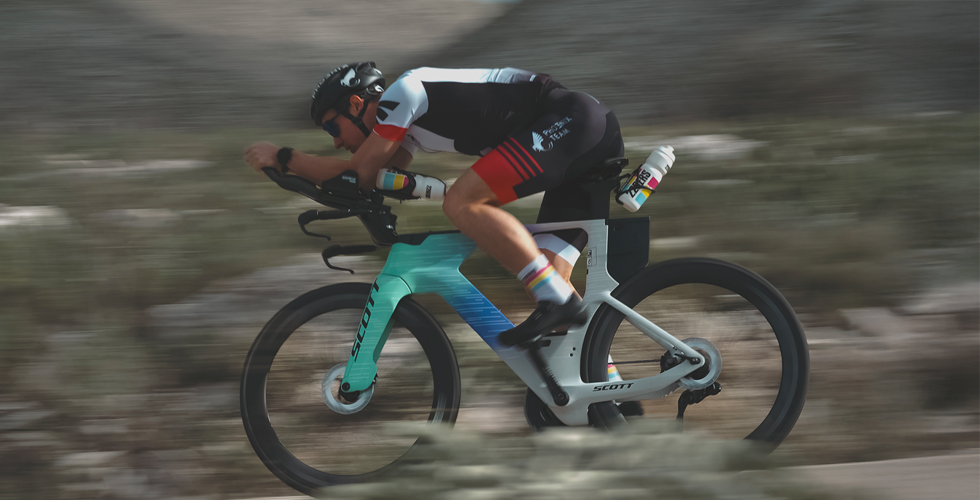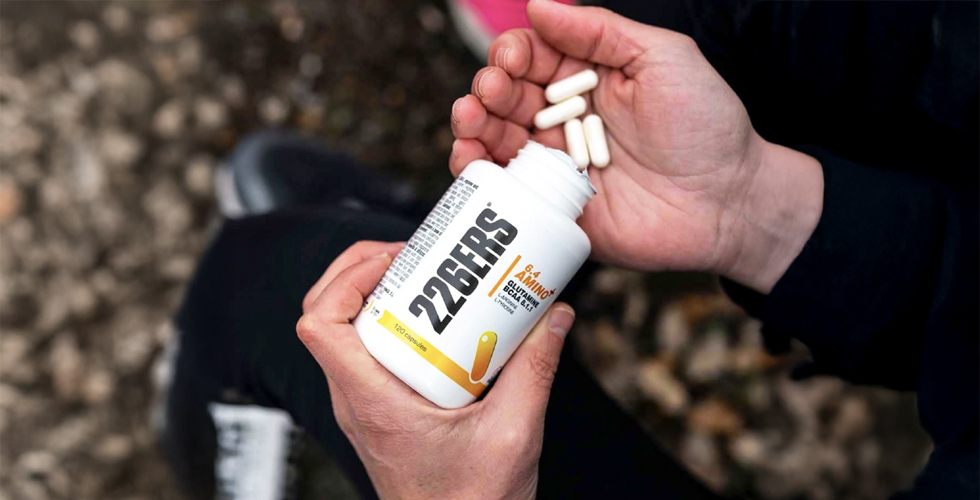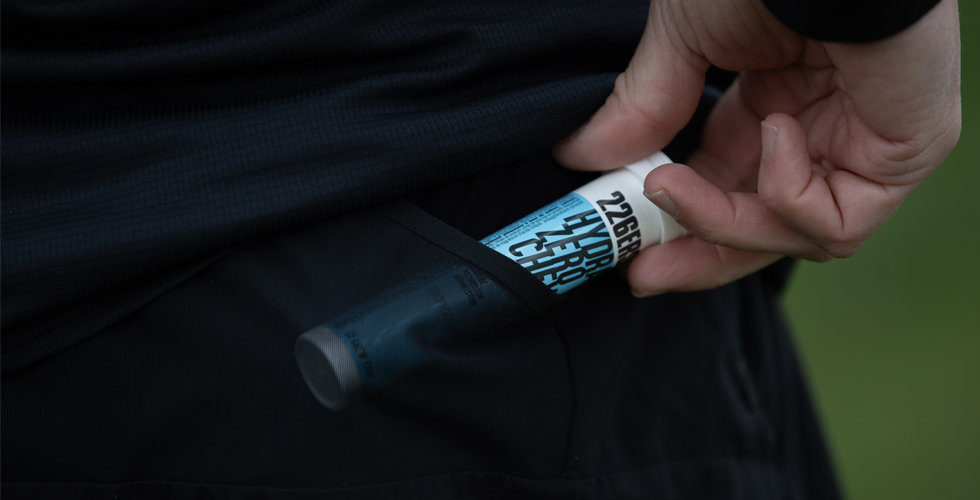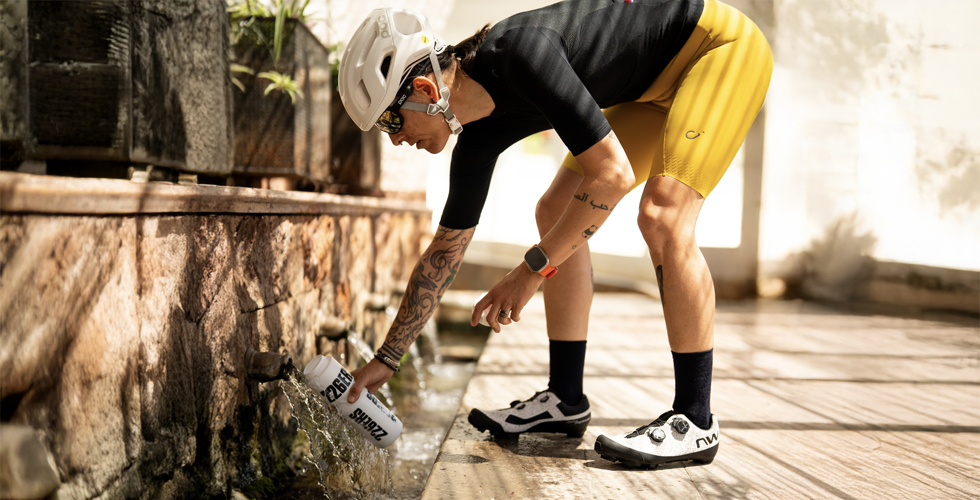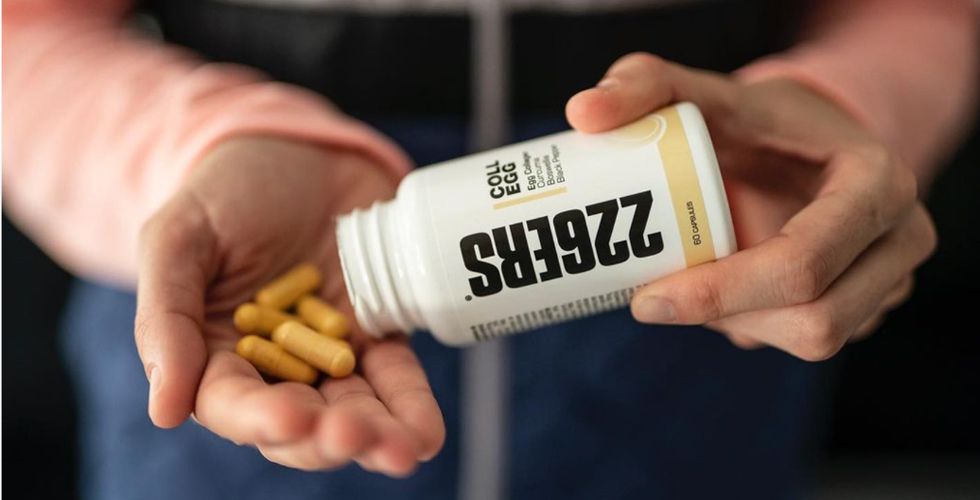Tabla de contenidos
ToggleIn the cycling endurance world, an adequate nutritional plan can make the difference between completing an event successfully or suffering a performance drop due to emptying muscle glycogen stores, the fuel needed for high intensity.
Carbohydrate loading is a very common nutritional strategy used within cycling sports nutrition and other endurance sports, aiming to maximise energy deposits before a race or demanding workout.
How must this carbohydrate load by adjusted according to the race’s time and intensity? Is it the same for a road, mountain bike or gavel event? Is the event’s duration or distance more relevant? Must a carbohydrate load be carried out although the goal of the event is to be a finisher?
This article will review the best nutritional recommendations for cyclists, adapting carbohydrate intake to the kind of event and goal, in order to optimise performance in a safe and effective way.
¿What’s carbohydrate loading?
Carbohydrate loading is a feeding protocol which intentionally increases the intake of carbohydrates on the days prior to a race. El aim is to maximise cyclists’ carbohydrate load, i.e. filling muscle glycogen stores to their maximum (for physical exercise), and hepatic (to control blood glucose levels).
This glycogen is the main energy source for cycling when prolonged efforts at mid-high intensity are performed, approximately above 70-75% of maximum heart rate or 75-80% of FTP.
An adequate amount of stores allows to sustain that intensity longer and delay fatigue, hence improve performance.
¿How long do glycogen stores last?
Generally speaking and as a reference point, it’s important to know that a cyclist with ‘normal’ levels of glycogen stores is capable of sustaining an intensity close to the anaerobic threshold for 45-60′, which would approximately be 90% of maximum heart rate or 95-100% of FTP.
With a carbohydrate load, this time can be increased to 90 minutes.
It’s also important to know that if the intensity increases over these parameters, the carbohydrate duration will decrease and viceversa. Exactly the same as a car’s petrol tank, depending if it’s driven in “eco” or “sport” mode.
Is it necessary for all events?
Not all competitions require the same nutritional strategy. Duration, intensity and type of event determine the need to carry out a carbohydrate load or not.
Following are some different time ranges:
Short events (less than 60 minutes)
Examples: criteriums, short individual time trial, track race.
In these kind of races the normal glycogen stores could be enough if the nutrition has been adequate during the previous days and there’s been a decrease in training work load.
Hence, it wouldn’t be necessary to carry out a specific load.
Recommendations:
48 hours before: intake 5-6 grams of carbohydrates per kilogram of body weight per day.
Look after nutrition before a cycling race, having a high carbohydrate meal 2-3 hours before with 2-3 grams of carbohydrates per kilogram of body weight.
Mid events (1 to 3 hours)
Examples: mid distance cyclosportives, MTB half marathons, one day road races.
For these events carbohydrate intake is more relevant, specially if intensity is high for some time, either due to the event’s competitiveness or due to the route’s difficulty, such as overcoming a mountain pass or a steep slope.
Recommendations:
Standard load: 48-72 hours before, intake 6 to 8 grams of carbohydrates per kilogram of body weight per day.
Express load: 24-48 hours before, intake 8 to 10 grams of carbohydrates per kilogram of body weight per day.
Decrease training volume during those days.
Prioritise food easy to digest: rice, pasta, bread, fruit.
Long events (over 3 hours)
Examples: gran fondos, queen mountain stages, stage races, MTB marathons.
The nutrition strategy requires a carbohydrate load before, a nutrition plan during the event and nutritional recovery after it.
Recommendations:
Standard load: 48-72 hours before, intake 7 to 10 grams of carbohydrates per kilogram of body weight per day.
Express load: 24-48 hours before, intake 10 to 12 grams of carbohydrates per kilogram of body weight per day.
Decrease training volume during those days.
Avoid fat or high in fibre foods that could make digestion difficult.
Include drinks with electrolytes and carbohydrates such as juices or sports drinks.
Other considerations to optimise carbohydrate loading:
One of the issues with carbohydrate loading is that the athlete significantly increases the amount of food eaten from what s/he is used to, and this might cause stomach aches.
An alternative is to use gels or sports drinks during workouts, which provide a great amount of carbohydrates and avoid having to eat so much food. For example two High Energy gels provide 110 grams of carbohydrates, approximately the same amount than a dish of pasta (150 grams).

BOX - 24 HIGH ENERGY GEL 76g
High Energy Gel es un gel energético a base de carbohidratos, ciclodextrina y aromas naturales, con un alto aporte de hidratos de carbono, 30gr y 50gr por gel en los formatos de 45g y 76gr.
Disponible en 9 sabores, 4 formulaciones y 2 formatos de tamaño.
High Energy Gel cuenta con el sello Cologne List®, la primera y más grande plataforma de prevención de dopaje para suplementos nutricionales en el mundo.
Cologne List verificar mediante rigurosas analíticas, que los fabricantes no utilizan sustancias prohibidas incluidas en la lista de la WADA (World Anti-Doping Agency).
Another important tip is to increase frequency intake, including snacks and recovery in-between workouts, instead of only having three meals with excessive food.
It’s also important to have in mind that carbohydrate loading is not a “free pass” to eat anything you wish. NO! It’s sticking to the required kilocalories but with a larger proportion of carbohydrates by diminishing fats. For example, increasing the amount of pasta but avoiding to add sauce or cheese. Meaning, eating as “clean” as possible.
Finally, it’s suitable to take into account that if the carbohydrate loading is going to be carried out away from home, normally in the destination where you’ll race, it’s important to plan and control the restaurants where you’re going to eat or if possible, book an accommodation that enables to cook what you intend to eat, since many times it’s difficult to eat properly, the adequate amounts and quality required, and you end up at an Italian restaurant having a carbonara pizza, having toasts for breakfast and tourist buffet at the hotel.
As a wrap up, it’s important to remember that to achieve the best performance on the bike, training hard isn’t enough. Nutrition before, during and after the competition has a direct effect on the result. In cycling, adapting carbohydrate load, looking after hydration and integrating supplementation in an intelligent way and following the sports nutrition principles, are the foundations that hold high performance.
Either racing in one hour events or facing an epic 200 km gran fondo, adjusting your nutritional strategy is key to optimise cycling performance and enjoy the process without issues.
